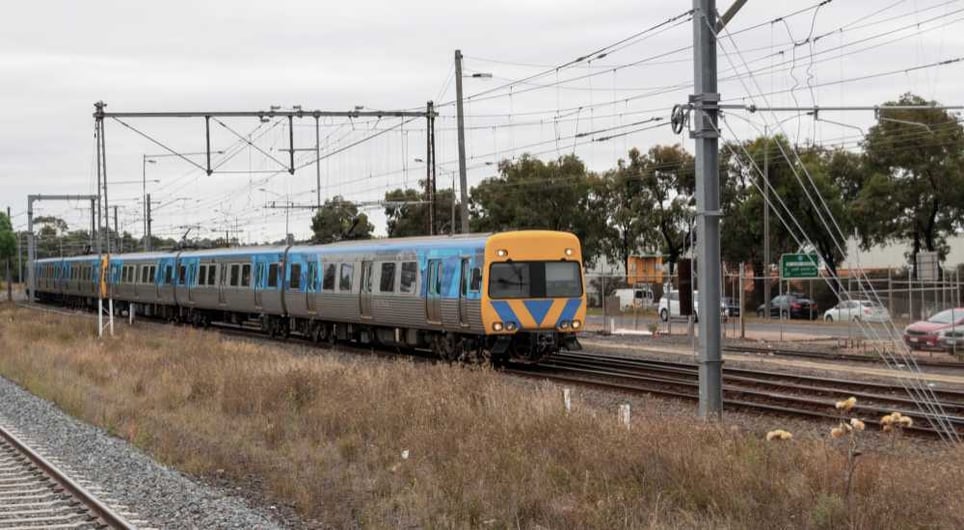The Australian Railway and Transportation industry is gearing up for a period of significant growth and transformation from 2024. In this blog, we will explore the market trends and growth forecasts, providing an understanding of what the future holds for this critical sector.
Current Market Scenario and Historical Growth
Overview of Recent Market Performance: The past few years have been pivotal for the Australian railway sector, marked by an increase in government investments focusing on enhancing rail infrastructure. This has led to improvements in both freight and passenger services, making rail transport more efficient and reliable.Historical Data Analysis (2018-2023): Data from 2018 to 2023 reveals significant growth in freight transportation, driven by Australia's expanding trade and commerce. Passenger movement also saw an uptick, thanks to improved rail services and urban rail expansions.
External Resource: For a detailed historical market breakup, visit Expert Market Research on Australian Railroads.

Projected Market Growth (2024-2032)
Market Growth Forecast: The forecast for 2024-2032 shows a robust upward trend, with substantial investments planned in both urban and inter-city rail infrastructure. This growth is expected to be driven by a combination of factors, including government initiatives, population growth, and a focus on sustainable transport.Segmentation by Type, Distance, and State: The market is expected to see varied trends based on rail types, with a significant portion of the growth coming from heavy freight and high-speed passenger rails. State-wise, New South Wales, Victoria, and Queensland are anticipated to lead in rail project developments.
External Resource: For an in-depth forecast, visit Market Forecast Breakup by Type and Distance.

Key Drivers of Growth
Government Initiatives and Technological Advancements: Government policies are playing a crucial role, with significant funding allocated to rail projects as part of national transport plans. Technological advancements, such as the adoption of digital systems for operational efficiency, are also key growth drivers.Demand for Sustainable Transport: The increasing emphasis on reducing carbon emissions is making railways a preferred mode of transport. The industry is innovating to incorporate green technologies and practices, aligning with global sustainability goals.
External Resource: For more on growth drivers, visit ARA Report on Rail Industry Growth.

Challenges and Opportunities
Identifying Market Challenges: Challenges include the need for continuous technological upgrades, balancing funding allocation, and integrating sustainable practices within existing frameworks.Exploring Market Opportunities: These challenges open doors for innovative solutions, such as the development of eco-friendly rail technologies and public-private partnerships to finance new projects.
External Resource: For further insights, visit Infrastructure Magazine on Australian Rail Projects.

The Australian Railway and Transportation industry is at the cusp of a significant growth phase. The insights provided in this blog underscore the potential impacts and opportunities these developments hold for businesses, consumers, and the national economy.
Contact us today to discuss your next Railway & Transportation project.
To learn more about our Railway and Transportation products click here.
Contact us to discuss your project
About Powerbox
Powerbox Australia has been at the forefront of developing advanced power conversion and control technologies since 1974, enabling businesses to optimize energy usage and enhance overall operational efficiency. With a strong commitment to innovation and excellence, Powerbox has established itself as a key player in the power conversion electronics industry.
Designing and building high quality solutions for challenging projects is our specialty, with robust solutions delivered across the following industries below.
- Telecommunications
- Railway and Transportation
- Security & Access Control
- Defence
- Power Utilities
- Mining, Oil & Gas
- Renewable Energy
- Industrial
- OEM / Manufacturing
- Industrial Automation
- Medical
- Water Utilities
- Automotive

